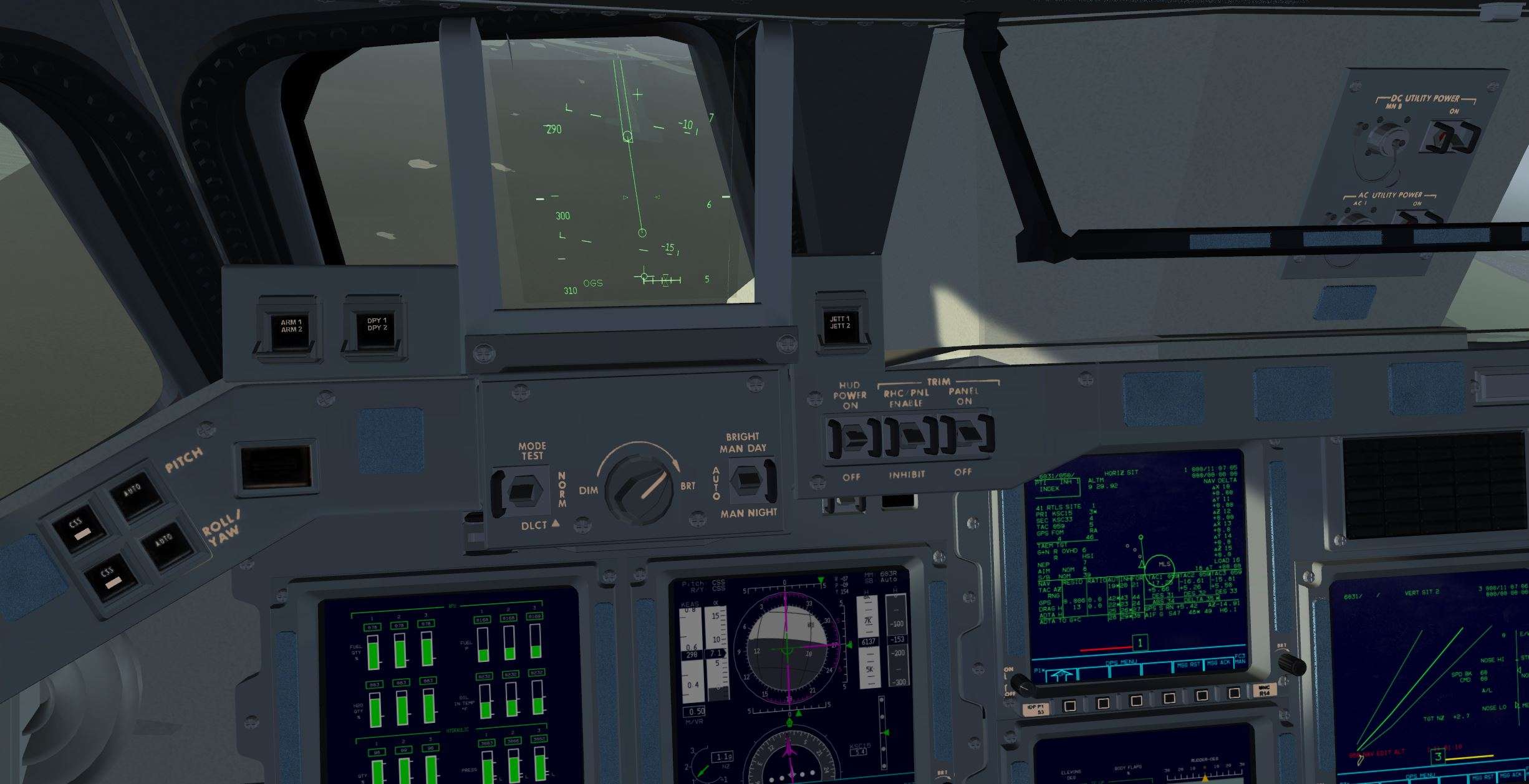

John Hyten said back in September the Joint Staff itself is working to conceptualize “information advantage” because no service volunteered. Vice Chair of the Joint Chiefs of Staff Gen. Mark Milley tasked the services to define three of the four sub-concepts: the Navy to flesh out the approach to joint fires the Air Force, joint command and control and the Army, contested logistics. Officially launched in 2019 by then-Defense Secretary Mark Esper, a draft of the new concept - including detailed articulation of its four functional sub-concepts - was originally slated for completion by the end of 2020, but has been delayed due to complications from the pandemic until sometime this spring.Īs Breaking D readers know, JCS Chair Gen. The Joint Warfighting Concept is the strategy for the new American way of war, using enormous amounts of fast computer analysis across the land, air, sea, space and cyberspace domains to maintain US dominance. Specifically, Brown said yesterday, there needs to be better delineation of responsibility for joint long-range fires, joint command and control and logistics protection missions. “But I do think, as we as we go into the Joint Warfighting Concept and we look at gaps and seams and overlaps in capability, this is what the discussion has to occur on with roles and missions.” “I wouldn’t actually go through a complete roles and missions ,” Air Force Chief of Staff Gen. WASHINGTON: The Air Force Chief of Staff is calling on the Pentagon leadership to launch a targeted roles and missions review of the key functional areas of future All Domain Operations detailed in the impending Joint Warfighting Concept. The Pentagon needs to look at "seams, gaps and overlaps" as they implement the new strategy for All Domain Ops, Air Force Chief of Staff Gen.

Roles & Missions Scrub Needed For All Domain Ops: CSAF Brown The first B-1B is reportedly headed for storage in the desert boneyard at Davis-Monthan AFB in Arizona. Of the 17 B-1Bs to be retired, the USAF plans to keep four in “Type 2000” recallable storage, a conditioning that would preserve the aircraft so that parts could be salvaged for the remaining flying fleet. “Our ability to balance these priorities will make us more capable and lethal overall.” “Retiring aircraft with the least amount of usable life allows us to prioritise the health of the fleet and crew training,” Ray says. Returning some B-1Bs to operational condition would cost $10-30 million, says the USAF. “We’re just accelerating planned retirements.” And that’s just to fix the problems we know about,” says General Tim Ray, commander of Air Force Global Strike Command, on 17 February. “Due to the wear and tear placed on the B-1 fleet over the past two decades, maintaining these bombers would cost tens of millions of dollars per aircraft to get back to status quo. But those missions, which involved slow flying with wings forward – no swept, as intended for penetration strikes – overstressed the B-1Bs wings, causing cracks, the USAF has said. The bomber found new work with the start of the War on Terror in 2001, flying close-air-support missions for the US military in Iraq and Afghanistan. In 1994, the Cold War over, the USAF eliminated the B-1B’s nuclear mission. However, the USSR’s development of look-down, shoot-down radar made that mission perilous.

Its low-altitude and nap-of-the-earth flight profile was intended to avoid detection by Soviet ground radar. The bomber was designed to fly at a minimum speed of Mach 0.85 and as low as 200ft, using terrain-following and terrain-avoidance radar, on penetrating nuclear strikes against the Soviet Union. Known as the “Bone”, the B-1B began service with the USAF in 1985.
#I AM AN AIR TRAFFIC CONTROLLER 3 INSTALLING NEW SCENAROIS FREE#
The project should also free money to purchase the in-development Northrop Grumman B-21 Raider stealth bomber.ī-1B Lancer that is being divested prior to its final launch from Ellsworth AFB, in South Dakota on 17 February 2021

The service plans to retire 17 B-1B supersonic bombers for the purpose of freeing funds and resources needed to support a smaller fleet of 45 B-1Bs. The US Air Force (USAF) has retired its first Boeing B-1B Lancer, kicking off an effort to reduce its fleet of an aircraft designed to counter Cold War foes.


 0 kommentar(er)
0 kommentar(er)
